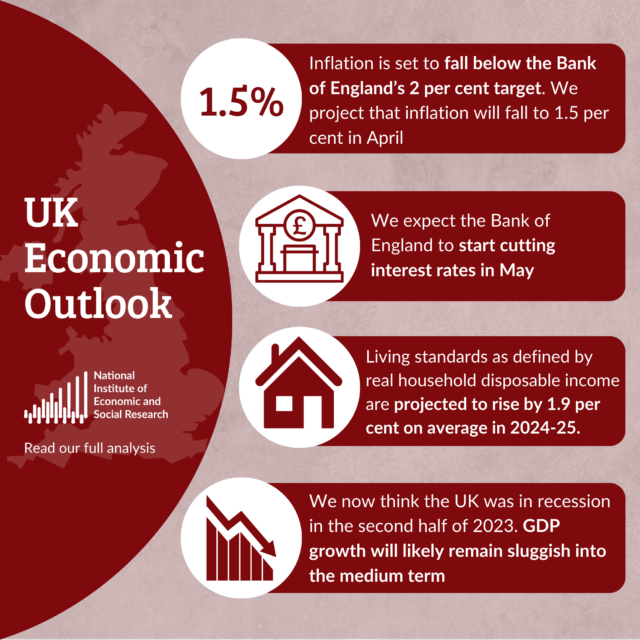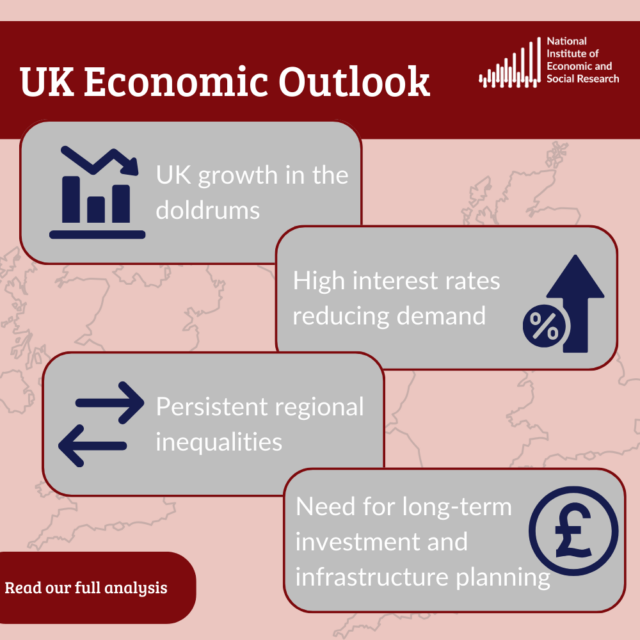Happier workers, higher profits?
Citizens’ wellbeing is rising to the top of the political agenda in Britain. Just yesterday the government and its partners announced a What Works Centre for Wellbeing which initially has over £3.5 million over three years to investigate the determinants of wellbeing and how to improve it. This follows government investments in wellbeing metrics developed and pioneered by the Office for National Statistics which, some argue, should be the basis for
Citizens’ wellbeing is rising to the top of the political agenda in Britain. Just yesterday the government and its partners announced a What Works Centre for Wellbeing which initially has over £3.5 million over three years to investigate the determinants of wellbeing and how to improve it. This follows government investments in wellbeing metrics developed and pioneered by the Office for National Statistics which, some argue, should be the basis for national accounts which – like GDP estimates – provide an indication of how well the nation is doing.
The idea that wellbeing should be a target for public policy has been promoted for some time by prominent economists such as Lord Layard and the Commission advising the Sarkozy French government, which included Nobel Prize winning economist Joseph Stiglitz. Others are a little more sceptical and wonder, even if it’s a good idea to try to measure wellbeing, is it really appropriate or sensible for government to try to intervene to improve wellbeing?
Psychologists, economists and others know a great deal about the determinants of individuals’ wellbeing, and one key element is what they do in their working life. One recent study found work was among the worst activities for people’s momentary happiness – just above being sick in bed, in fact. But other studies indicate much depends on what type of job you do, and how that job is designed by the employer. As the review we conducted for the Department for Business Innovation and Skills makes clear, employers can improve employees’ wellbeing through improvements in job quality. Employees’ wellbeing will rise where they have control over the pace and content of work tasks; where demands placed on the worker are not excessive; where there is variety in their work; where there are opportunities for development; where supervisors are supportive; where pay and treatment is perceived as fair; and where the work environment is pleasant and safe.
The issue, however, is not whether employers can improve employee wellbeing. Rather, it is whether it’s in their economic interests to do so. After all if, as is commonly assumed in economics, firms are profit maximisers, they will take account of the costs associated with any improvement in employee wellbeing. Improving employee wellbeing may be a laudable goal for society as an end in itself. It may have positive externalities too, including reductions in expenditure on health services. But employers are only likely to invest in employee wellbeing where there is a clear business case for doing so. That business case rests on the returns to the firm.
What has been lacking in the literature until now is evidence on the wellbeing-performance relationship in Britain. Our study for the Department for Business Innovation and Skills is the first such study for Britain. Analysing the nationally representative 2011 Workplace Employment Relations Survey (WERS) we found those workplaces with rising employee job satisfaction also experienced improvements in workplace performance, while deteriorating employee job satisfaction is detrimental to workplace performance. Employee job satisfaction was found to be positively associated with workplace financial performance, labour productivity, the quality of output and service and an additive scale combining all three aspects of performance. Workplaces experiencing an improvement in non-pecuniary job satisfaction – whether measured in terms of the average level of satisfaction in the workforce, or measured in terms of an increase in the proportion “very satisfied” or a reduction in the proportion “very dissatisfied” – also experience an improvement in performance. By contrast, there was no robust association between job-related affect (measured in terms of the amount of time feeling tense, depressed, worried, gloomy, uneasy and miserable) and workplace performance, nor pay satisfaction and workplace performance.
These findings are consistent with the proposition that employers who are able to raise employees’ job satisfaction may see improvements in workplace profitability (financial performance), labour productivity and the quality of output or service. Although we cannot state definitively that the link between increasing job satisfaction and improved workplace performance is causal, the findings are robust to tests for reverse causation and persist within workplaces over time, so that we can discount the possibility that the results are driven by fixed unobservable differences between workplaces. There is therefore a prima facie case for employers to consider investing in the wellbeing of their employees on the basis of the likely performance benefits.
The link we find is between job satisfaction and workplace performance. It is not apparent for other aspects of employee subjective wellbeing such as job-related affect. The analysis thus suggests that there is no clear case for employers investing in these other aspects of employee wellbeing – although equally we find no clear disadvantage to doing so.
These are encouraging findings but the scope of the analyses has not allowed us to explore the processes that could have been instrumental in forging the link between employee wellbeing and workplace performance. Further work is required to develop insights into how employers can facilitate the positive outcomes revealed in this study.

























